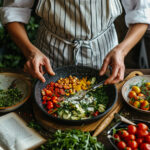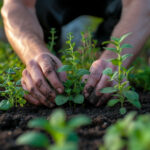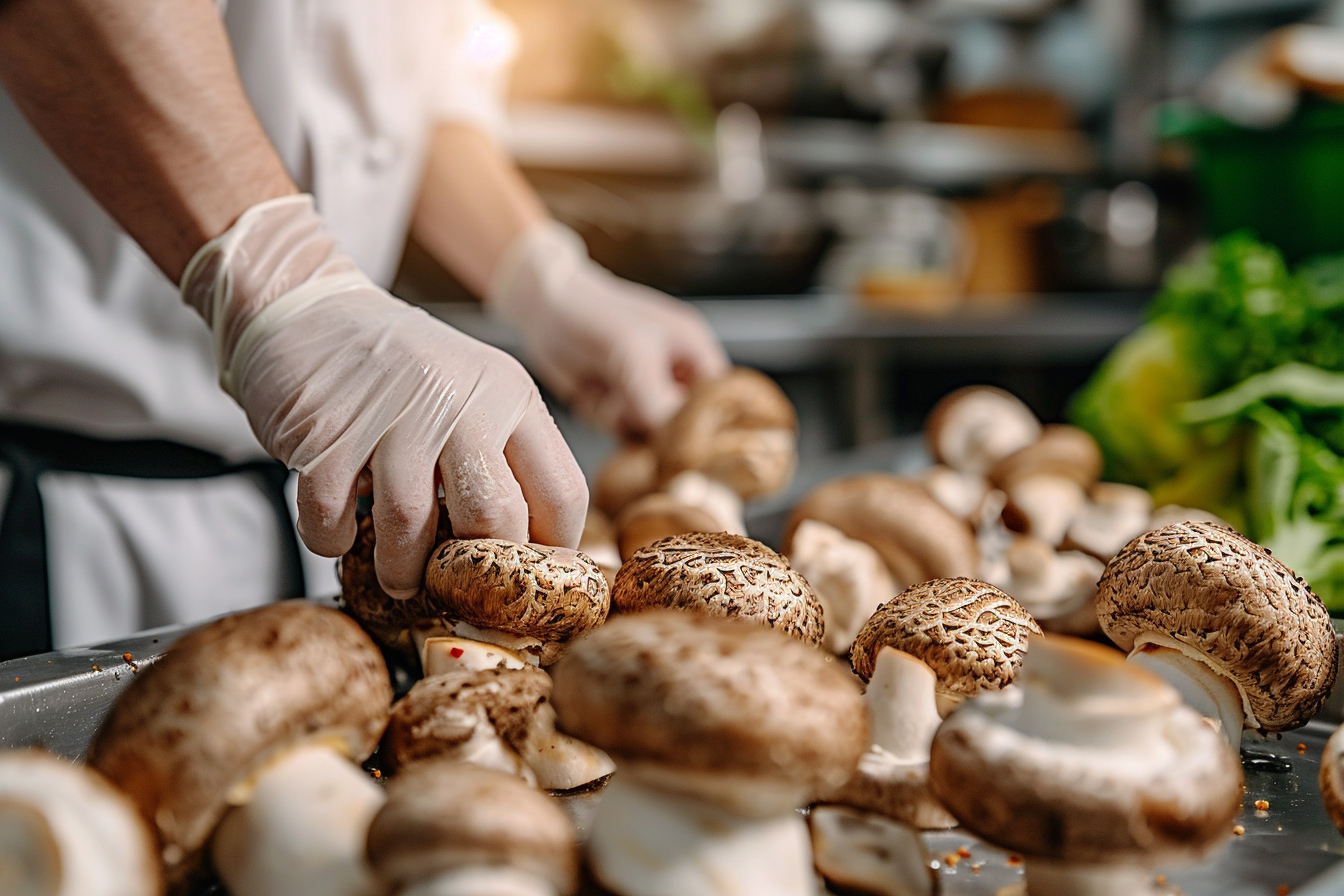Mushrooms stand as a cornerstone in the edifice of plant-based gastronomy. Their versatility, rich umami flavor, and meaty texture make them an invaluable asset in the creation of gourmet vegan dishes. This exploration of mushroom-based vegan cuisine delves into the fundamental techniques that transcend ordinary cooking and elevate it into the realm of culinary artistry.
Selecting the perfect mushrooms
Understanding mushroom varieties
To harness the full potential of mushrooms in vegan cooking, one must first become adept in the art of selection. Various types of mushrooms offer a spectrum of flavors and textures. Shiitake mushrooms boast a deep savory flavor, while chanterelles impart a delicate, peppery note. Portobellos, with their substantial size, make excellent substitutes for meat, and enoki mushrooms add a pleasant crunch to dishes.
Assessing freshness and quality
Optimal freshness ensures not only the best taste but also the highest nutritional value. Fresh mushrooms should be firm, well-shaped, and devoid of any wet or slimy patches. The color should be consistent and vibrant. The aroma is another indicator of freshness – it should be earthy and mild, with no hint of ammonia or sourness.
Preparing mushrooms for cooking
Cleaning with care
Contrary to the persistent myth, it’s perfectly acceptable to wash mushrooms. Dirt often clings to the caps and gills, so a quick rinse under cold water or a gentle scrub with a soft brush can be necessary. However, mushrooms should not be soaked, as they can absorb water and become soggy.
Slicing techniques
Evenness in slicing mushrooms is not merely about aesthetics; it ensures that each piece cooks uniformly. Slicing them too thinly will make them prone to overcooking, while overly thick slices might result in undercooked centers. Mastering the chef’s knife is essential to achieving the desired thickness.
To peel or not to peel
While mushroom peels are entirely edible, peeling certain varieties such as portobellos can reduce bitterness and improve the overall texture. The decision to peel or not largely depends on personal taste and the requirements of the recipe.
Cooking techniques for maximum flavor
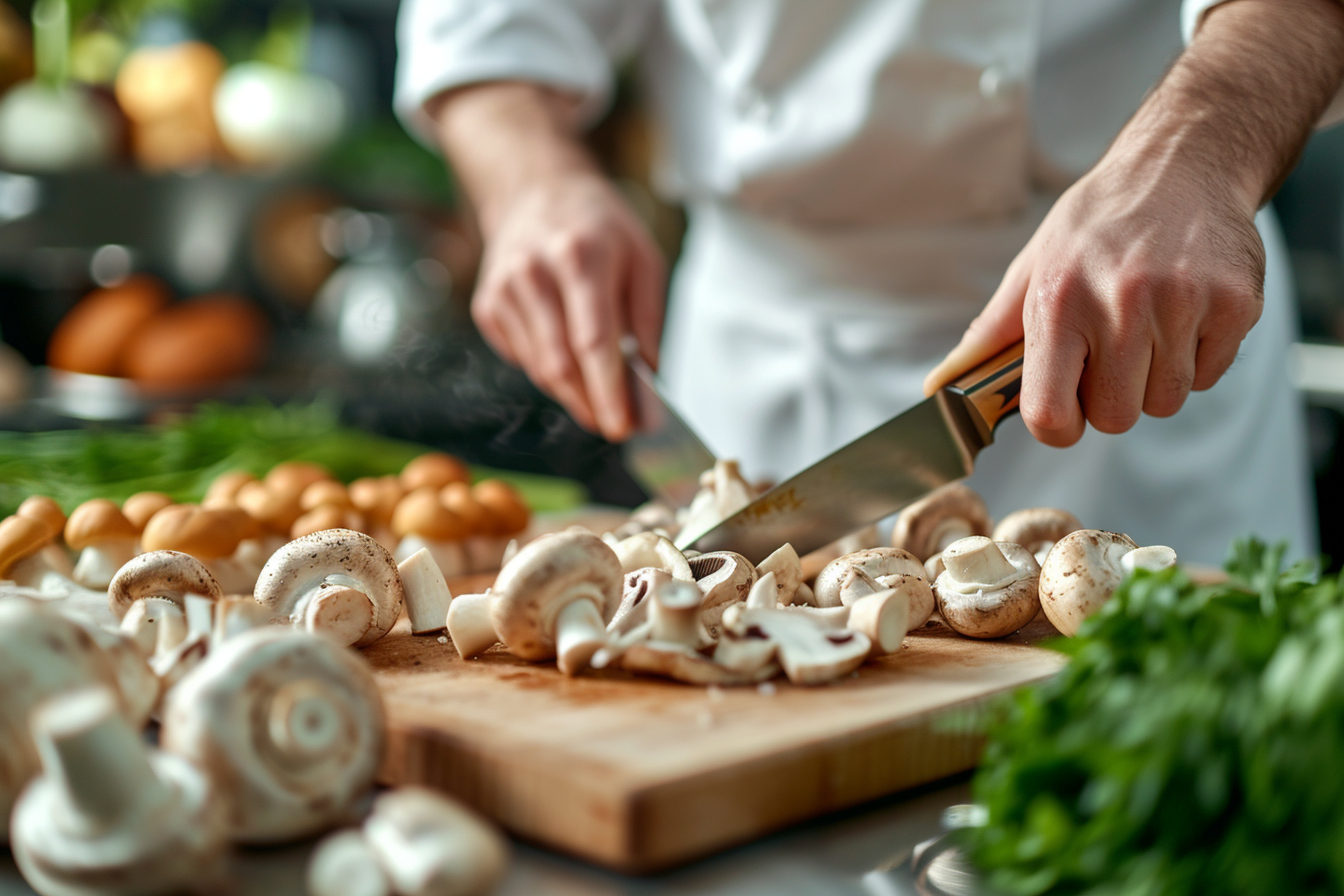
Sautéing to perfection
Sautéing mushrooms is a culinary technique that unlocks their rich flavor. The key is to use a hot pan and a small amount of oil or vegan butter. By sautéing the mushrooms on high heat, the water content evaporates, allowing them to brown and develop a caramelized exterior.
Roasting for depth of taste
Roasting at high temperatures brings out a different dimension of mushroom flavor. Tossed with a touch of oil and seasonings, and spread in a single layer on a baking sheet, mushrooms roast to perfection, turning out crispy edges with a juicy interior.
Braising for tenderness
Braising includes a preliminary sauté followed by a slow cook in a small amount of liquid. This technique allows mushrooms to soak up the flavors of the broth, wine, or sauce they are cooked in, becoming tender and succulent.
Innovative textural transformations
Mushroom pulses for ground meat texture
Achieving a texture akin to ground meat involves finely chopping or pulsing mushrooms in a food processor. This method is excellent for use in vegan versions of Bolognese sauce, tacos, or stuffed peppers.
Creating ‘steaks’ and ‘fillets’
For hearty main courses, large mushrooms such as portobellos can be turned into "steaks" or "fillets." Proper marinating is crucial here, involving a blend of soy sauce, olive oil, and spices that can penetrate deeply to flavor the flesh before grilling or baking.
Enhancing flavors with marinades and seasonings
Crafting the perfect marinade
Mushrooms are sponges for flavor, making marinades a powerful tool. An ideal marinade has a balance of fat, acid, salt, and aromatics. For mushrooms, using ingredients like balsamic vinegar, soy sauce, garlic, and herbs can elevate their natural umami essence.
Seasoning with precision
The addition of spices and herbs must be thoughtful to complement and not overwhelm the mushrooms. Dried thyme, rosemary, smoked paprika, and garlic powder are some of the seasonings that marry well with the earthy tones of mushrooms.
Mushroom-Based vegan sauces and stocks
Rich and flavorful vegan stocks
Using mushrooms as the base for vegan stocks imparts a profound depth of flavor. A mixture of cremini, shiitake, and porcini mushrooms, combined with vegetables like carrots, onions, and celery, create a robust foundation for soups and sauces.
Creamy mushroom sauces
A sumptuous creamy mushroom sauce does not require dairy. Blending soaked cashews or using plant-based cream alternatives can yield a rich, velvety sauce that pairs wonderfully with pasta, risotto, or vegetable dishes.
Pairing mushrooms with other plant-based ingredients
Complementary flavors and textures
Mushrooms’ umami properties complement a range of ingredients. Legumes, grains, and root vegetables can be adeptly paired with different mushroom varieties to create balance and complexity in vegan dishes.
Utilizing mushrooms in plant proteins
Mushrooms can enhance plant proteins like tofu, seitan, and tempeh. By adding layers of flavor and texture, these combinations can lead to satisfying, protein-rich vegan meals.
Creative presentation and plating techniques
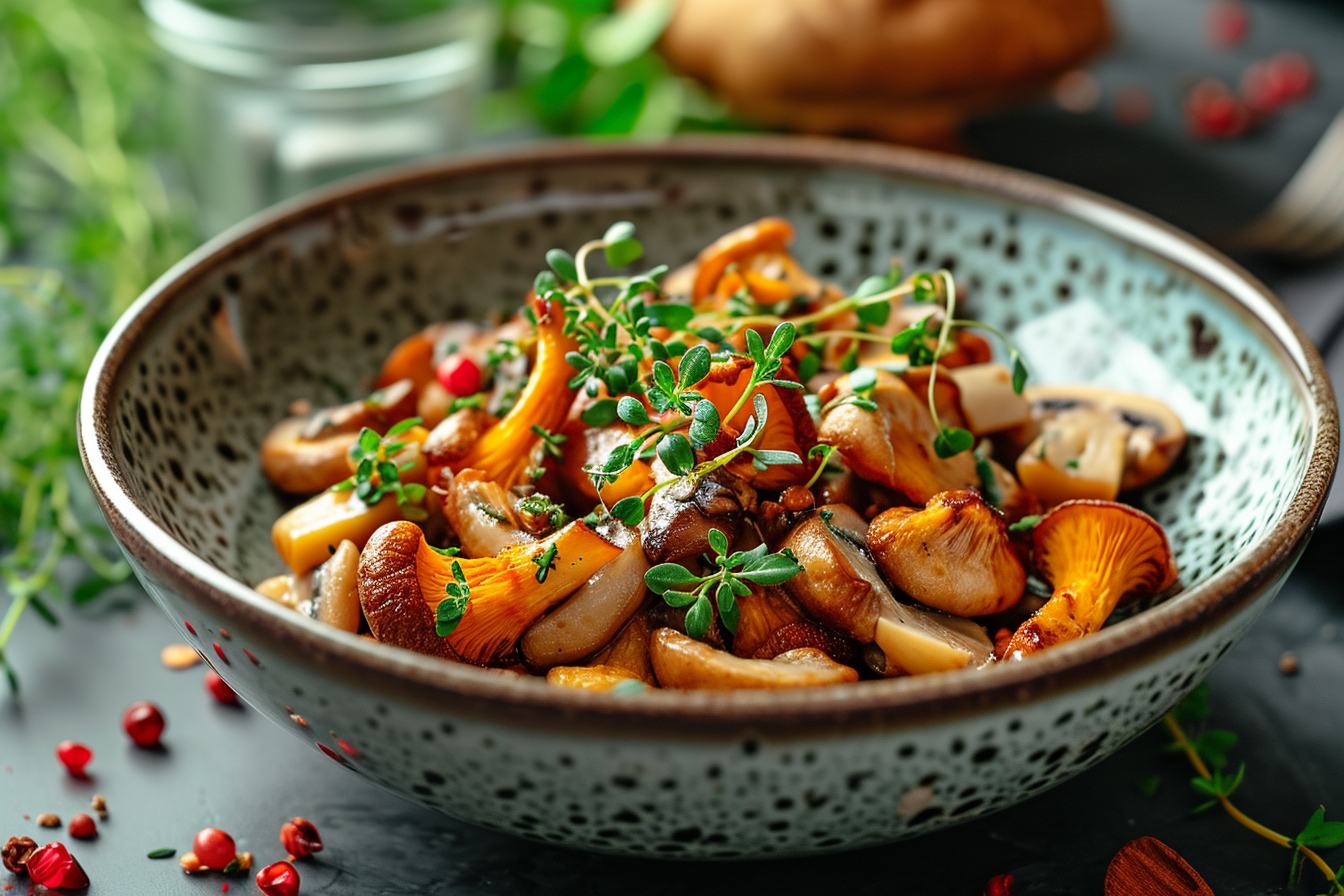
The art of plating
Visual appeal is as important as taste in gourmet dishes. Arranging mushrooms with attention to color, texture, and shape can transform a dish from mere sustenance to a visually enticing experience.
Garnishing for flair and flavor
Garnishes should be more than just decorative; they must also contribute to the overall flavor profile. A sprinkle of fresh herbs, edible flowers, or microgreens can enhance the dish’s aesthetics while adding bursts of flavor.
As one continues to explore and master the culinary techniques involved in vegan mushroom cuisine, their skill set and palate will evolve, leading to the creation of ever more intricate and delightful dishes. The cultivation of these techniques provides a canvas upon which the artistry of vegan cooking can thrive. The journey through this plant-based culinary landscape is one of ongoing discovery, with each technique learned and recipe perfected opening the door to new possibilities. It is a testament to the boundless potential that lies within the simple, yet extraordinary, mushroom.





